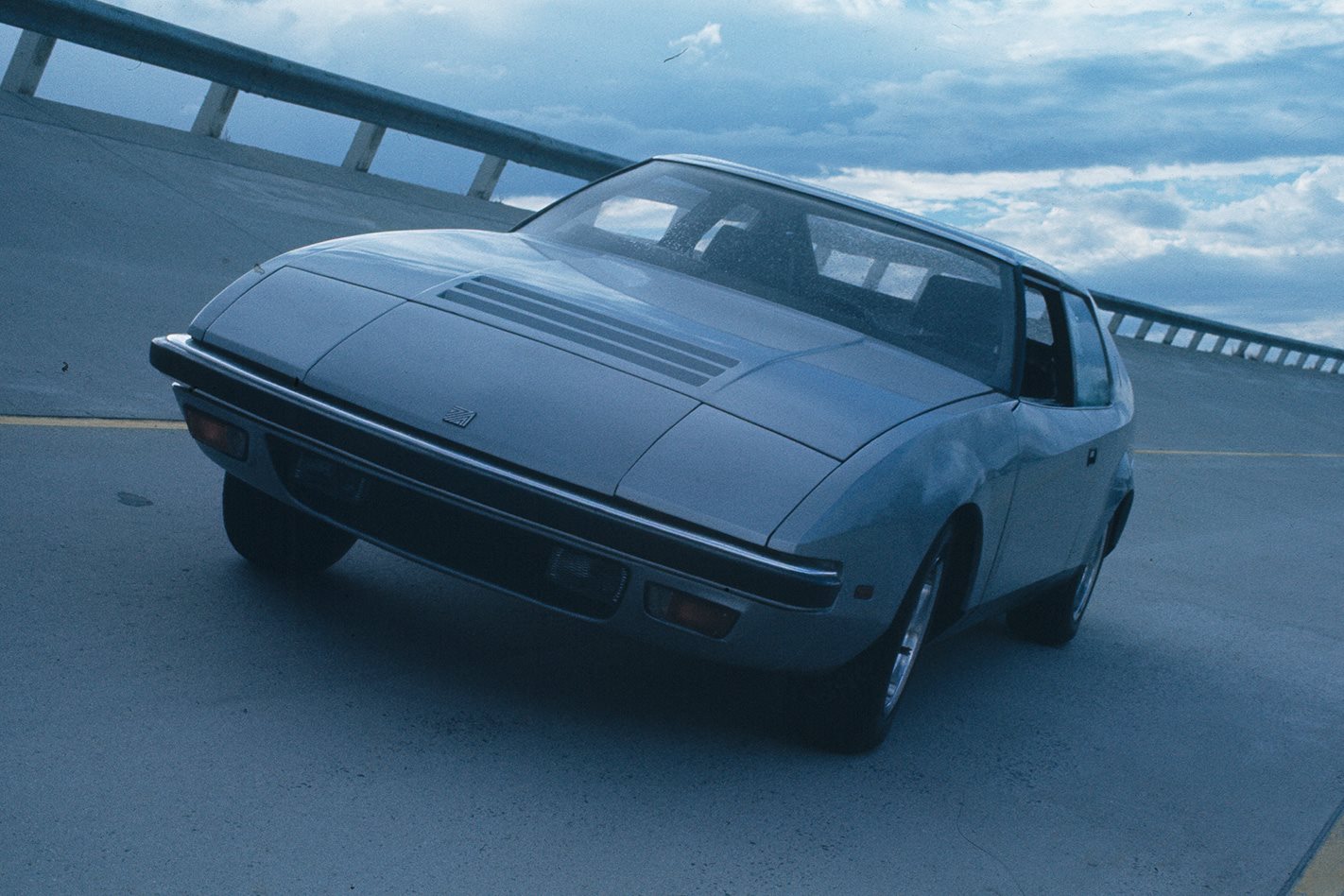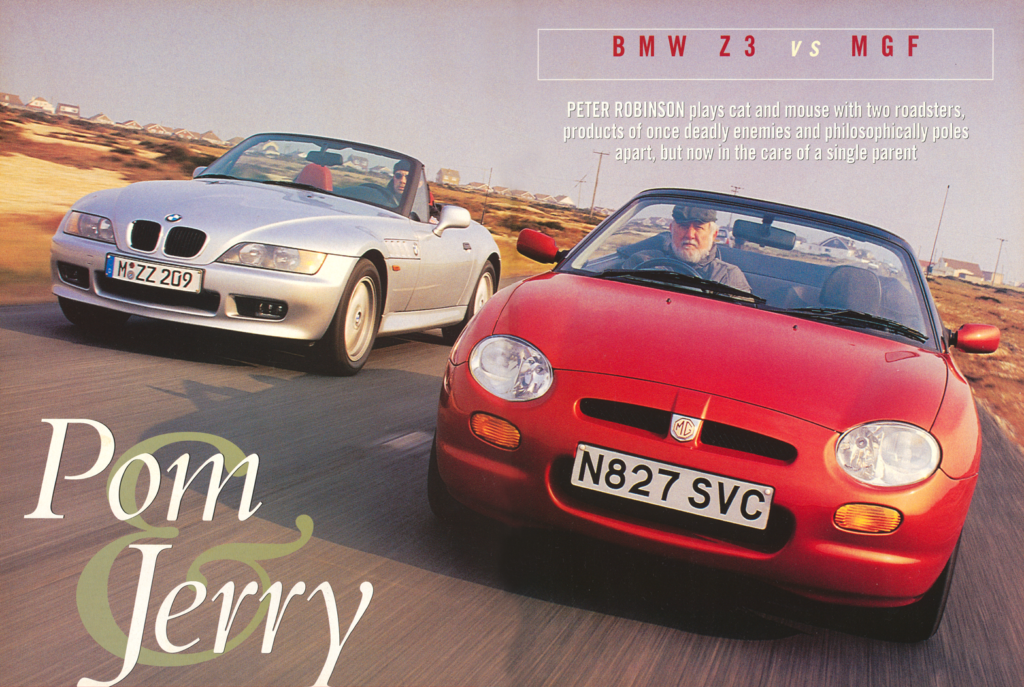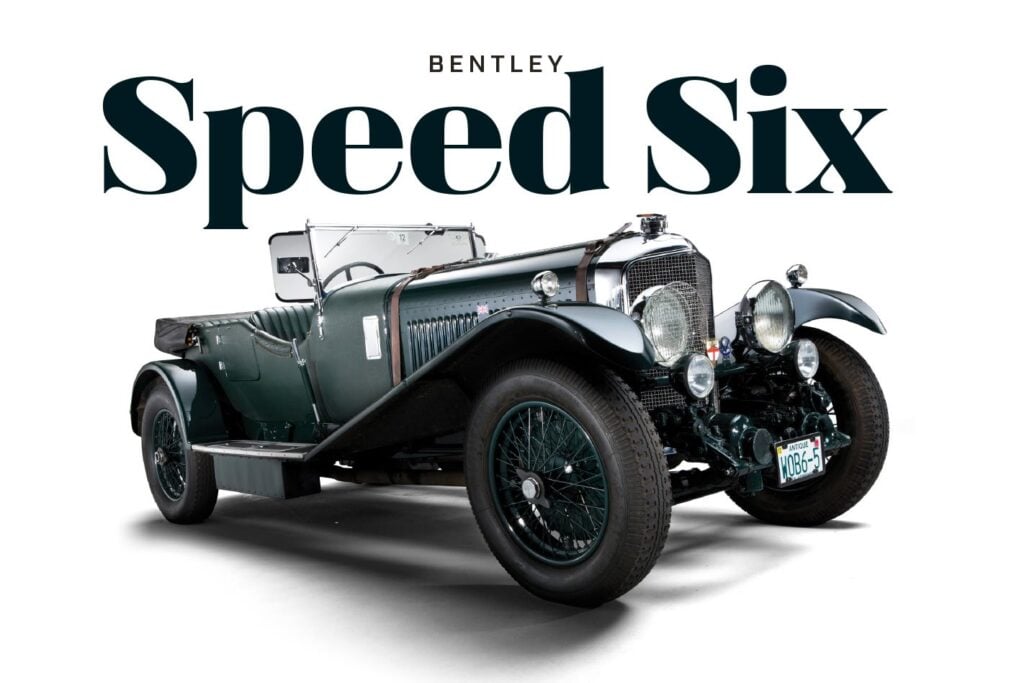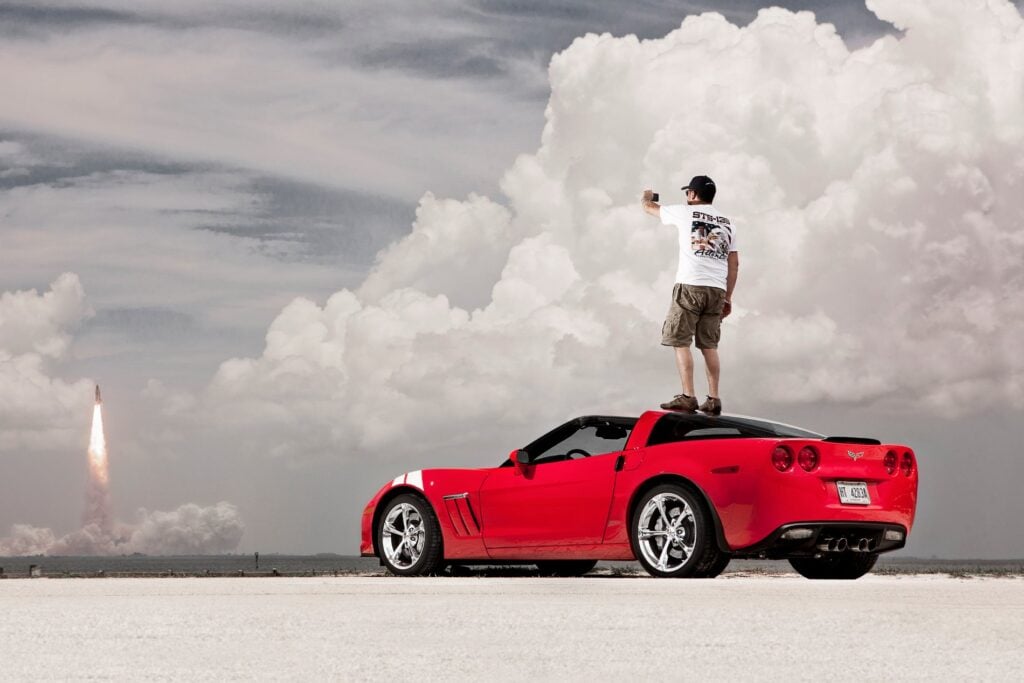IN early 1975, when Wheels’ assistant editor Steve Cropley drove the Ilinga, our optimism that the ambitious project would soon see cars in the showroom led to this highly confident opening sentence: “Yes, it really is going to happen. Australia is about to have its own high-performance, two-door, four-seater luxury car.”

Sadly, of course, and despite holding 15 firm orders, the project folded after just two AF-2 prototypes were built. The original prototype was launched at the Melbourne motor show in March 1975, following a press unveiling of the $16,000-$17,000 coupe at a Rippon Lea mansion, both events shadowing Cropley’s first drive.
Ilinga, an Australian Aboriginal term for ‘over the horizon’, was founded in Melbourne three years earlier by British-born racing car driver and engineer Tony Farrell in partnership with businessman Daryl Davies, who ran the automotive cooling systems company Davies Craig, which is still in business today.
Cropley explains: “The two men had business premises close to one another in an inner Melbourne suburb. They met over lunch in the local pub and found that their idea for a specialist Australian luxury car coincided closely and that their enthusiasm for building it themselves was at ceiling level.”
Designed around a modified Leyland P76/Rover 4.4-litre alloy V8, the Ilinga was intended to rival Aston Martin and Porsche as a high-performance two-door luxury sports/tourer coupe. The body used aluminium panels over a steel chassis and sub-frame fitted with three roll-over bars and crumple zones for added safety. Farrell achieved an ideal 50/50 weight distribution.
The steel sub-frame was apparently based on a Ford Cortina floor pan, with the aluminium panels used in place of the originally envisaged Noryl plastic material. The chassis was, in many respects, ahead of its time, featuring a rigid box-member design with crushable sections front and rear to protect the passenger cell. The distinctive and still-attractive styling was the work of the multi-talented Tony Farrell.
The AF2 was designed to be fitted with four-speed manual or three-speed automatic Borg-Warner transmissions, all-coil suspension, electric windows, pop-up headlights, air-conditioning and central locking. The company planned to build two cars per week or 100 cars a year, but ran into problems with the Borg-Warner manual gearbox that was unable to cope with the extra power and torque of the modified 164kW V8 engine.
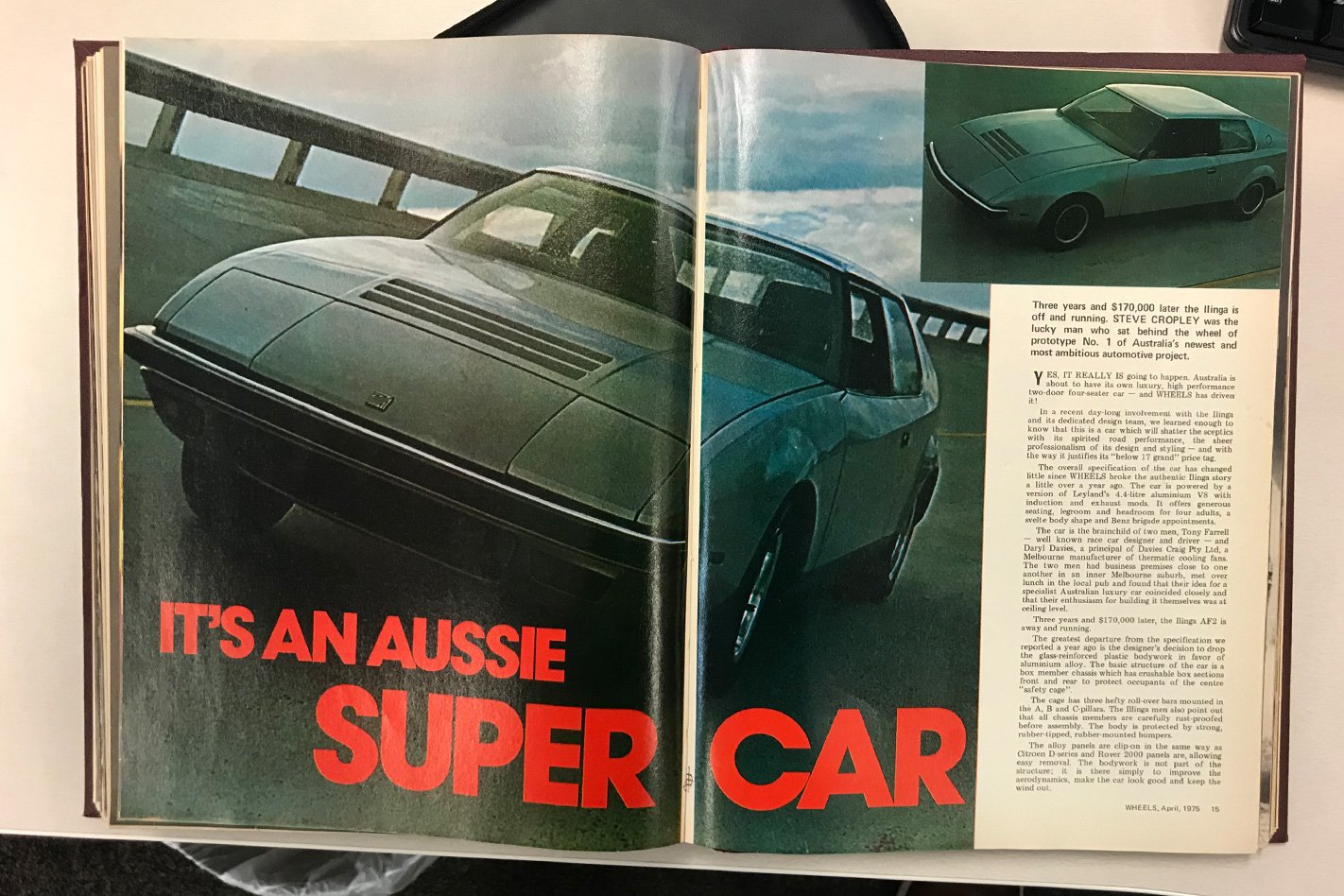
According to Richard Davies, brother of Daryl Davies (who no longer lives in Australia), the lack of a suitable gearbox would have forced the use of either a Ford or Holden V8 and led to a redesign of much of the car, including relocating the 100-litre fuel tank. With funds fully extended, there was no way of “effectively starting again” and the project and Ilinga Pty Ltd folded in late 1975.
So Ilinga remains yet another Australian story of automotive enthusiasm and determination that couldn’t quite get over the line.

